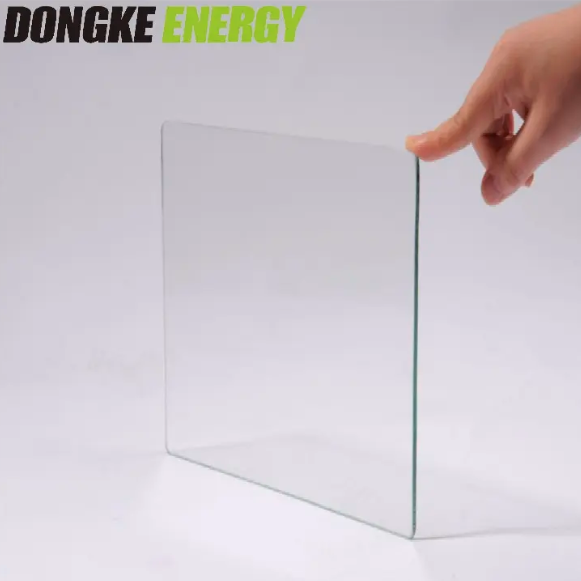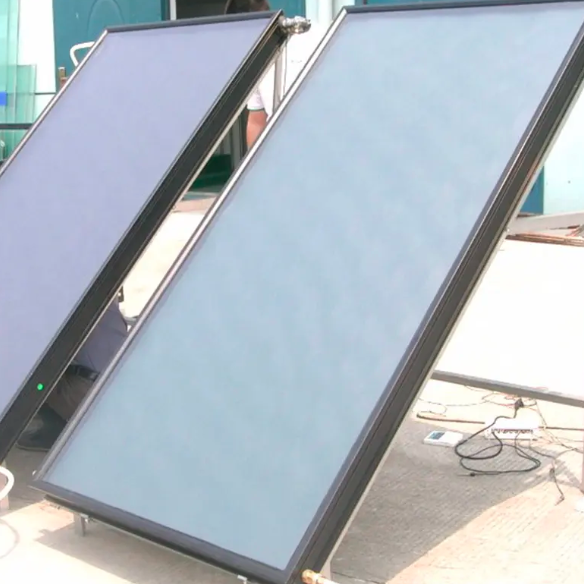The push for sustainable and environmentally friendly building materials has become more common in recent years. With growing concerns about climate change and the environmental impact of traditional building materials, architects and builders are looking for innovative alternatives. Solar glass is a material that is generating attention and momentum in the industry.
Solar glass, also known as photovoltaic glass, is a revolutionary building material that serves the dual purpose of providing protection from nature while generating clean, renewable energy. This innovative glass is embedded with solar cells that harness the sun's energy and convert it into electricity. Solar cells are typically transparent, allowing natural light to pass through while still capturing solar energy. This makes it an ideal building material for windows, skylights and facades, as it seamlessly integrates renewable energy generation into the building design.
One of the most compelling reasons why solar glass is the future of sustainable building materials is its ability to reduce a building’s carbon footprint. Traditional buildings rely on non-renewable energy sources for heating, cooling and power, resulting in greenhouse gas emissions and environmental degradation. By integrating solar glass into the design, buildings can harness the sun's energy to power internal systems, reducing reliance on fossil fuels and reducing overall carbon emissions.
Additionally, solar glass offers a sustainable solution for buildings in urban environments where space is limited. As demand for renewable energy continues to increase, integrating solar panels into building facades and windows can maximize power generation without requiring additional land or roof space. This innovative method of energy production not only meets the sustainability goals of the building project, but also enhances the overall beauty and design of the structure.
Another major benefit of solar glass is its potential to reduce operating costs for building owners and occupants. By generating clean energy on-site, buildings equipped with solar glass can reduce reliance on the grid, resulting in lower energy bills and long-term cost savings. Additionally, some regions offer incentives and rebates for renewable energy installations, further offsetting the initial investment in solar glass, making it an economically viable option for construction projects.
As technology continues to advance, solar glass continues to increase in efficiency and versatility. New developments in solar cell technology and glass manufacturing processes are making solar glass more affordable, durable and efficient than ever before. This progress is driving adoption across the industry, with architects and builders recognizing the potential of solar glass to change the way buildings are designed and constructed.
To sum up, solar glass is undoubtedly the future of sustainable building materials. Its ability to generate clean energy, reduce carbon emissions and lower operating costs makes it an attractive option for contemporary construction projects. As the demand for sustainable and environmentally friendly buildings continues to grow, solar glass will play a vital role in shaping the future of architecture, achieving a harmonious blend of energy efficiency, aesthetics and sustainability. As we move towards a greener, more sustainable future, solar glass will undoubtedly be at the forefront of the construction industry.
Post time: Feb-23-2024


